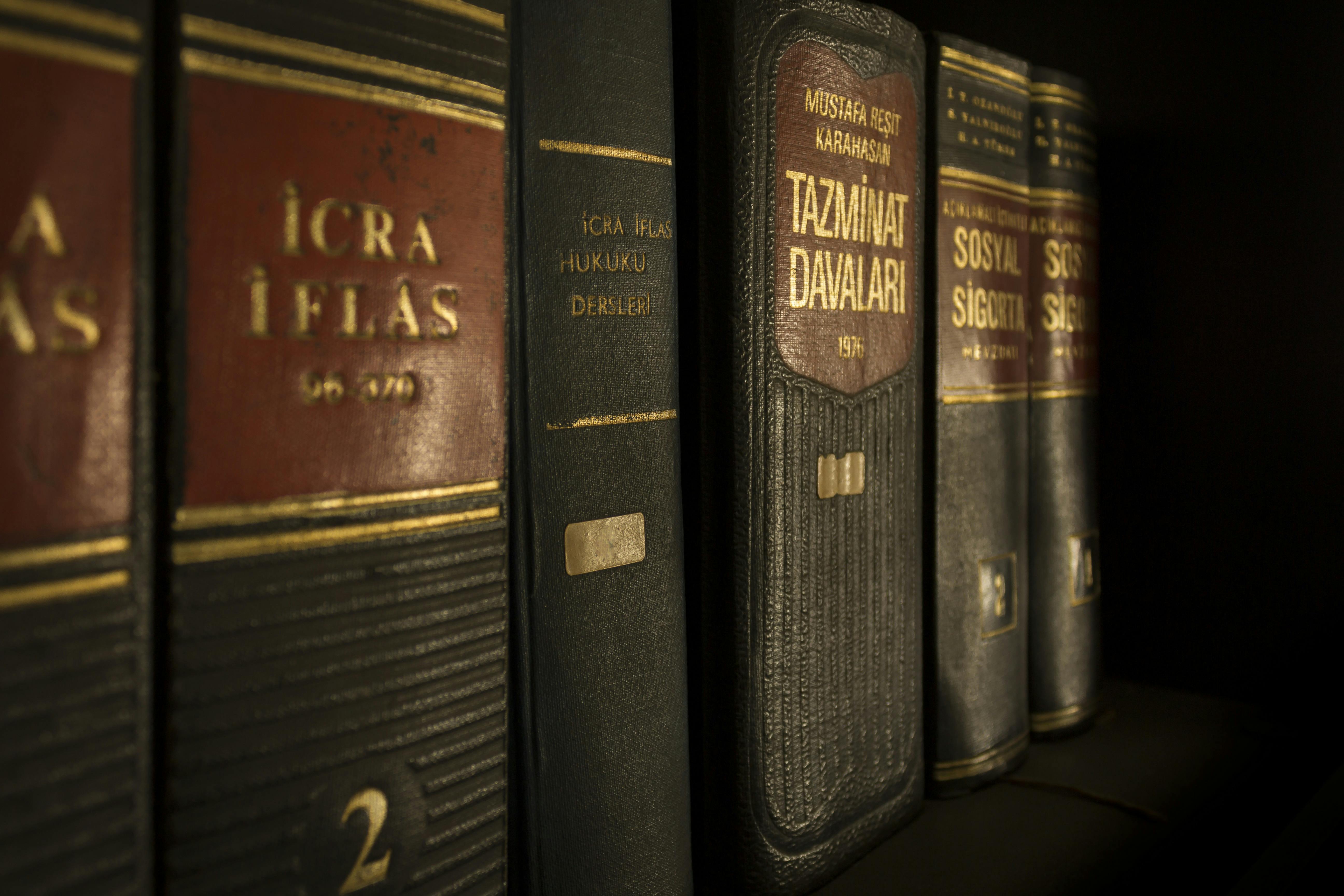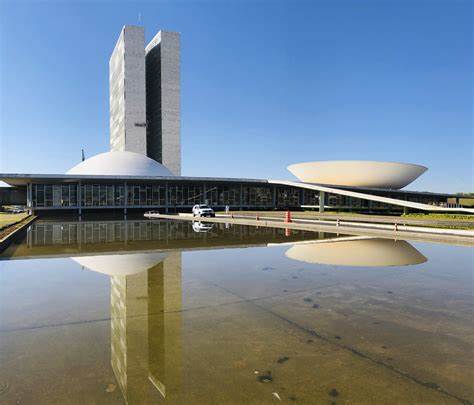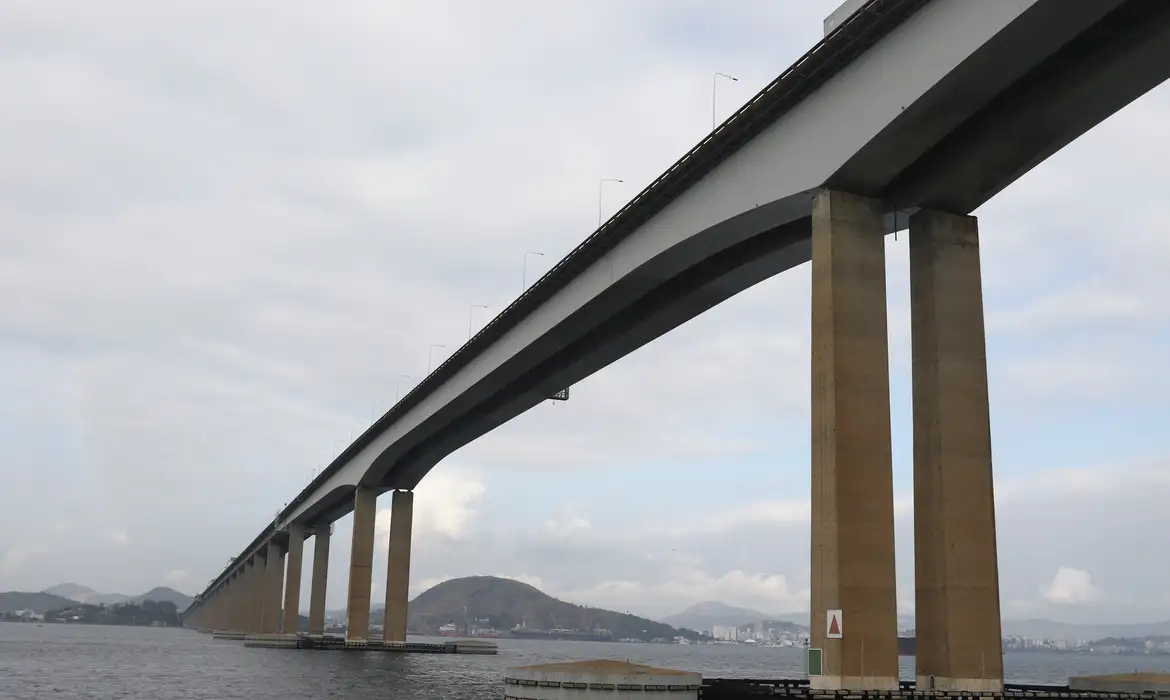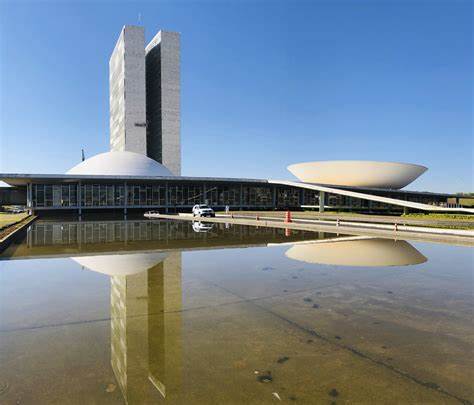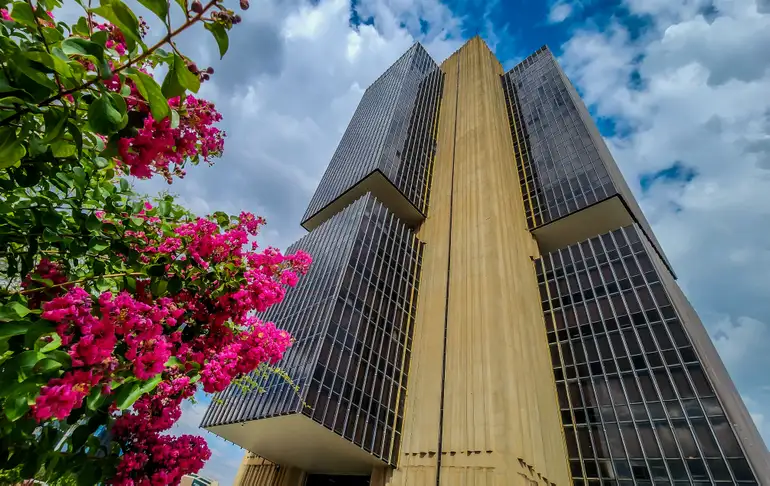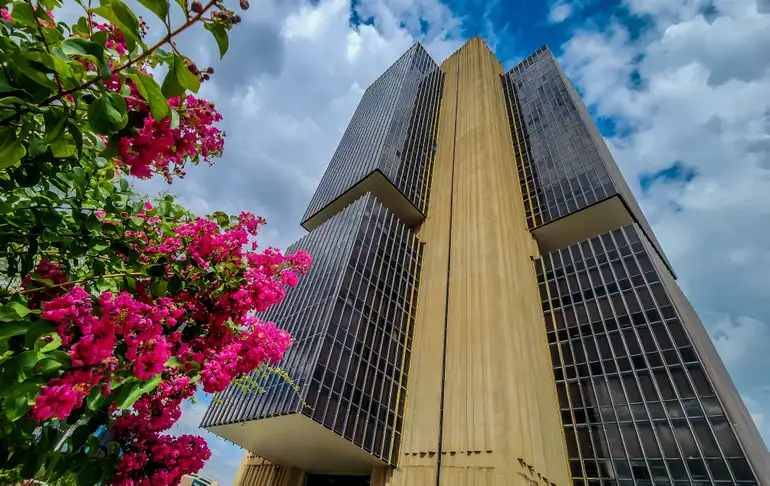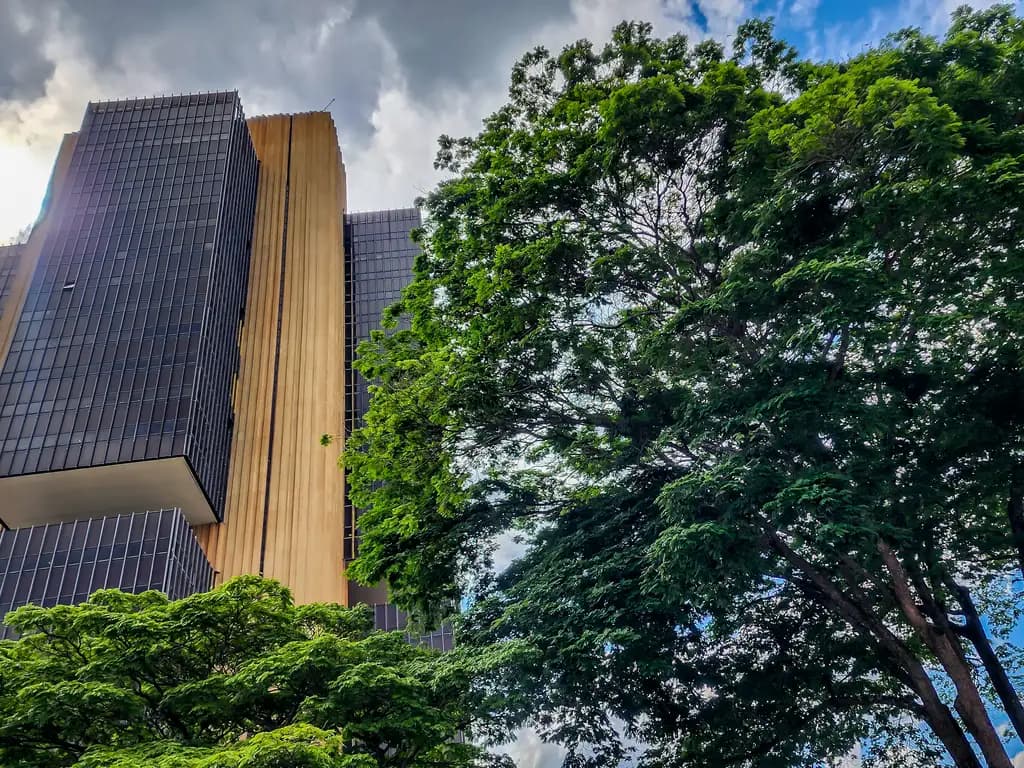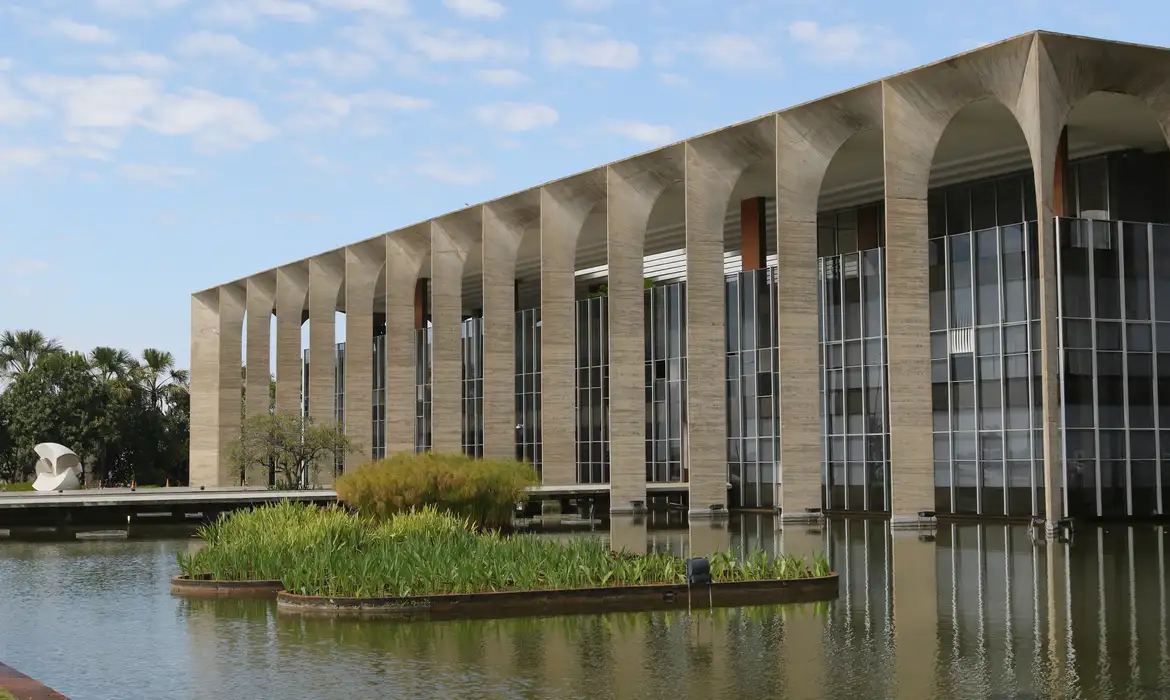Most people have already heard of the prestigious French shoemaker who sought to have exclusive rights in using red soles, or of the corporate dispute involving the heirs to the creator of shirts branded after the name of the sport which consecrated them, or of the legal dispute between Brazilian and French brands due to the sales of cotton bags which imitate the iconic model named after an English actress and singer, or of the indictment of a famous Spanish fast-fashion store due to labor irregularities.
What they do not know, however, is that these are but a few typical examples of what has lately been called fashion law. It is not, as some would warrant, a separate area of law, but rather the application of the already known branches of law to peculiar legal issues that involve the fashion industry, from the beginning to the end of the production chain.
There are several branches relevant to fashion law, such as civil law, commercial law, tax law, antitrust law, international law, corporate law, real estate law, labor law, procedural law etc, but intellectual property law is indeed the main specialty when dealing with fashion law, whether in terms of industrial property or copyrights.
Unmistakably, the growing importance of a fashion economic market and the facility with which one reproduces a certain product without consent from those entitled to its intellectual property, the so called counterfeit (occasionally disguised as “inspiration”), have attracted a more observant eye from market players as well as from lawyers.
The concern with the image of fashion law as a multi-disciplinary area, which demands specific knowledge, arose in Europe circa the first decade of the 21st century and soon reached the United States. Abroad, the debate surrounding the importance of the issue has already developed into an advanced stage, as shown by the initiative of one North-American state to pass a bill with specific regulations in order to protect consumer goods related to the fashion industry.
Presently, this phenomenon has begun to be witnessed in Brazil, which in turn has increased the demand for specialized advisors. There are essentially two reasons that have led to this: the increasing installation of foreign luxury designers in the country and the professionalization of the Brazilian fashion industry – São Paulo Fashion Week, for instance, is today the largest fashion event in Latin America and it attracts worldwide media attention.
Although few cases reach the Courts, dealing with the intricate judicial issues that arise demand keen knowledge of the distinct branches of intellectual property, specially the protection of brands and creation, and unfair competition.
It seems that, little by little, fashion law will equally assume a leading role in Brazil, and that our Courts shall create decisions about the topic that are genuinely national. There hopefully will be decisions coherent with our legal framework and given in a timely manner so as to follow the dynamic transformations of the fashion market. May the fashion tendencies be ephemeral, but may the protection of the market itself – and of the creations that drives it – last more than only just a season.




















